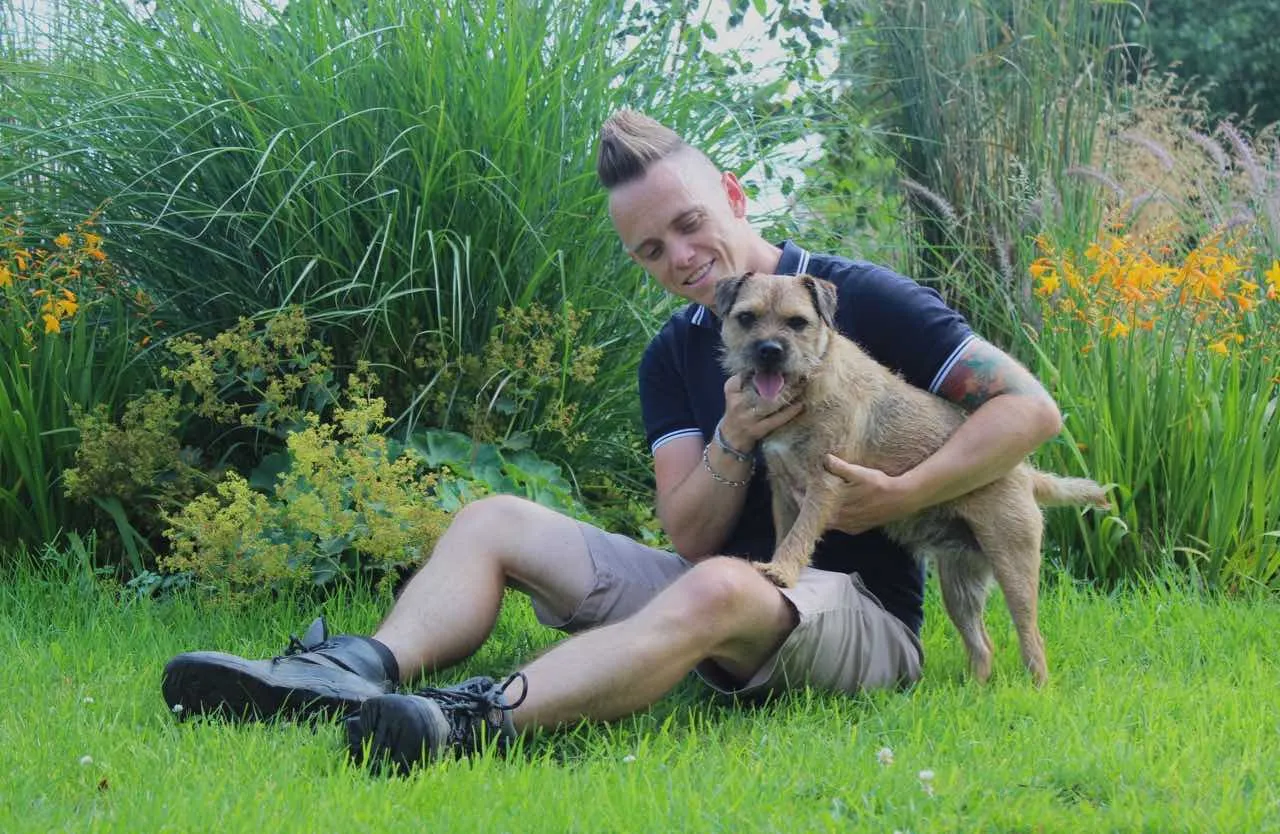Hi @garyjenkins1976
Good question and its one I get asked a lot on this forum about Monkey Puzzle trees.
Monkey Puzzle trees shed every few years, where their leaves (actually scales) turn yellow, then brown, and then they drop. It's not that the trees are dying, just going through their natural shedding process. It can be quite shocking, though, but yours looks perfectly healthy.
One thing I will say is that these trees will eventually need to be planted in the grounds after 5 - 10 years, they will require far more nutrients and space than the container and tend to die at this point. They're a beautiful tree, but not one for urban gardens, given they can grow to 30m!!!
Let me explain for other Ninjas why Monkey puzzle trees drop their leaves/scales.
Why Monkey Puzzle Trees Shed Leaves
1. Natural Leaf Drop
Older leaves near the trunk or along lower branches die off as they age. This usually starts from the base and moves upward and inward, while new growth occurs at the tips. It’s a process similar to conifers like pines or spruces, which also shed inner needles.
2. Light Availability
If the tree is shaded or growing densely, lower or inner branches may receive less light. The tree will shed leaves in these areas to conserve energy and redirect resources to more productive, sunlit growth.
3. Seasonal and Environmental Stress
Dry spells, poor drainage, high winds, or nutrient deficiencies can trigger more leaf shedding than usual. In particular, drought stress can cause premature browning and drop.
4. Root Disturbance or Damage
Like many evergreens, monkey puzzle trees can react to changes in soil structure, compacted roots, or nearby excavation by dropping leaves as a stress response.
5. Disease or Pests (Less Common)
Although generally hardy, monkey puzzles can occasionally suffer from fungal infections or scale insects. If leaf drop is patchy, discoloured, or accompanied by oozing bark or lesions, disease may be involved.
How Often Do Monkey Puzzles Shed?
Monkey puzzle trees shed leaves annually, usually in late summer through autumn, though the process is gradual and often goes unnoticed unless a large amount falls at once. A healthy tree typically sheds a small proportion of its older leaves each year.
Shedding happens from the inside out, meaning older leaves closer to the trunk fall first. If shedding occurs at the tips or across the whole branch suddenly, it may indicate stress, damage, or disease rather than normal ageing.
Hope that helps.
Lee Garden Ninja
Hi @garyjenkins1976
Good question and its one I get asked a lot on this forum about Monkey Puzzle trees.
Monkey Puzzle trees shed every few years, where their leaves (actually scales) turn yellow, then brown, and then they drop. It's not that the trees are dying, just going through their natural shedding process. It can be quite shocking, though, but yours looks perfectly healthy.
One thing I will say is that these trees will eventually need to be planted in the grounds after 5 - 10 years, they will require far more nutrients and space than the container and tend to die at this point. They're a beautiful tree, but not one for urban gardens, given they can grow to 30m!!!
Let me explain for other Ninjas why Monkey puzzle trees drop their leaves/scales.
Why Monkey Puzzle Trees Shed Leaves
1. Natural Leaf Drop
Older leaves near the trunk or along lower branches die off as they age. This usually starts from the base and moves upward and inward, while new growth occurs at the tips. It’s a process similar to conifers like pines or spruces, which also shed inner needles.
2. Light Availability
If the tree is shaded or growing densely, lower or inner branches may receive less light. The tree will shed leaves in these areas to conserve energy and redirect resources to more productive, sunlit growth.
3. Seasonal and Environmental Stress
Dry spells, poor drainage, high winds, or nutrient deficiencies can trigger more leaf shedding than usual. In particular, drought stress can cause premature browning and drop.
4. Root Disturbance or Damage
Like many evergreens, monkey puzzle trees can react to changes in soil structure, compacted roots, or nearby excavation by dropping leaves as a stress response.
5. Disease or Pests (Less Common)
Although generally hardy, monkey puzzles can occasionally suffer from fungal infections or scale insects. If leaf drop is patchy, discoloured, or accompanied by oozing bark or lesions, disease may be involved.
How Often Do Monkey Puzzles Shed?
Monkey puzzle trees shed leaves annually, usually in late summer through autumn, though the process is gradual and often goes unnoticed unless a large amount falls at once. A healthy tree typically sheds a small proportion of its older leaves each year.
Shedding happens from the inside out, meaning older leaves closer to the trunk fall first. If shedding occurs at the tips or across the whole branch suddenly, it may indicate stress, damage, or disease rather than normal ageing.
Hope that helps.
Lee Garden Ninja
 Lee Burkhill: Award Winning Designer & BBC 1's Garden Rescue Presenters Official Blog
Lee Burkhill: Award Winning Designer & BBC 1's Garden Rescue Presenters Official Blog



